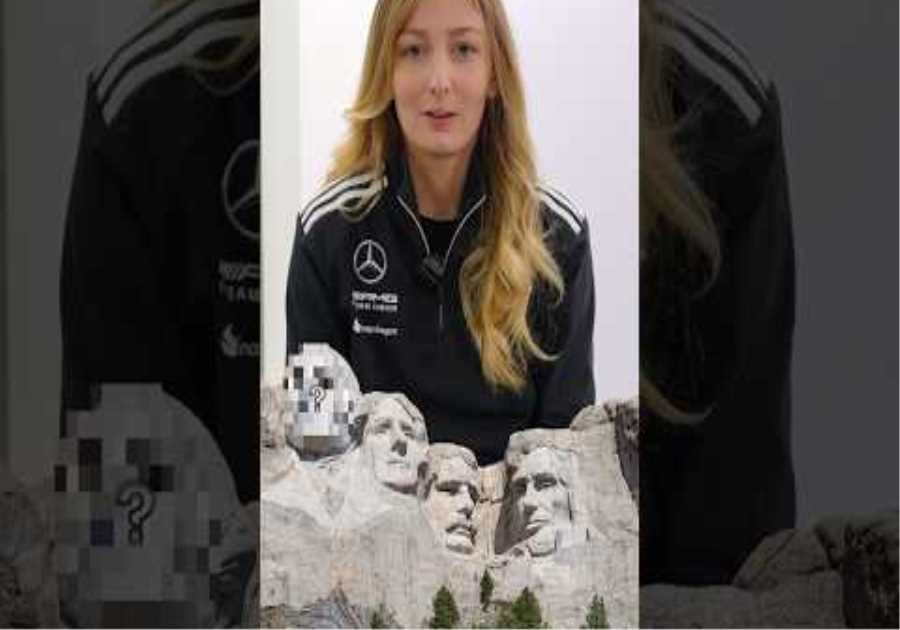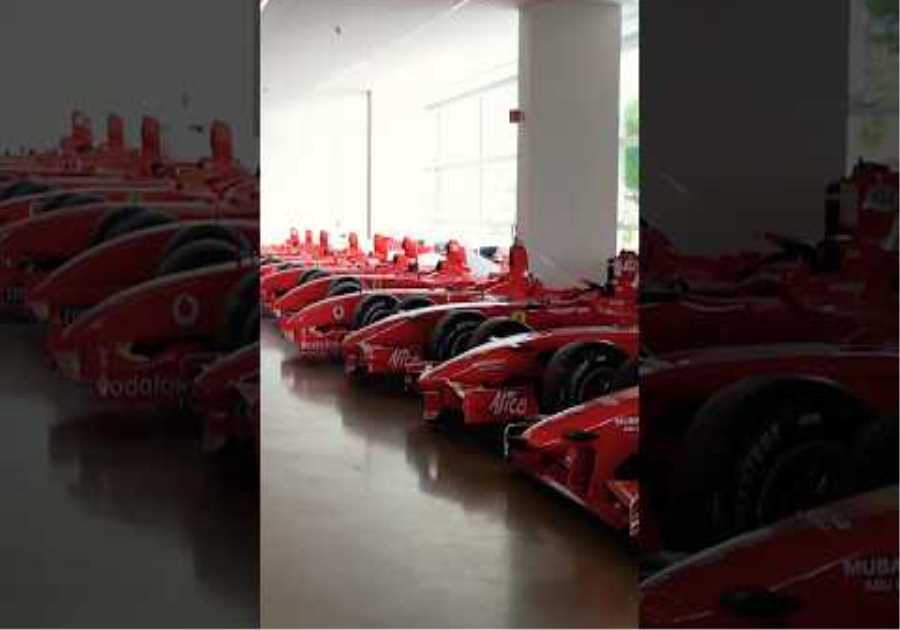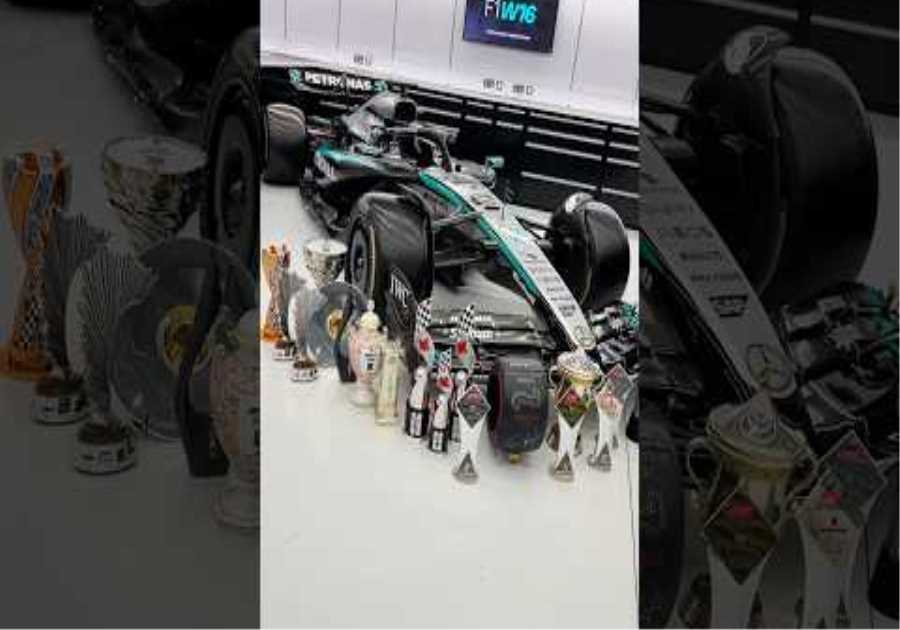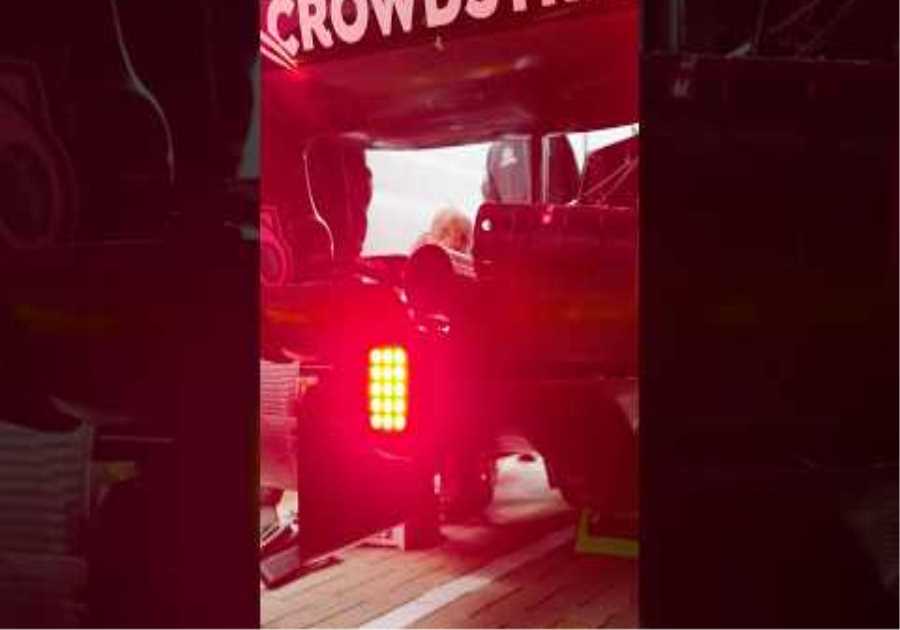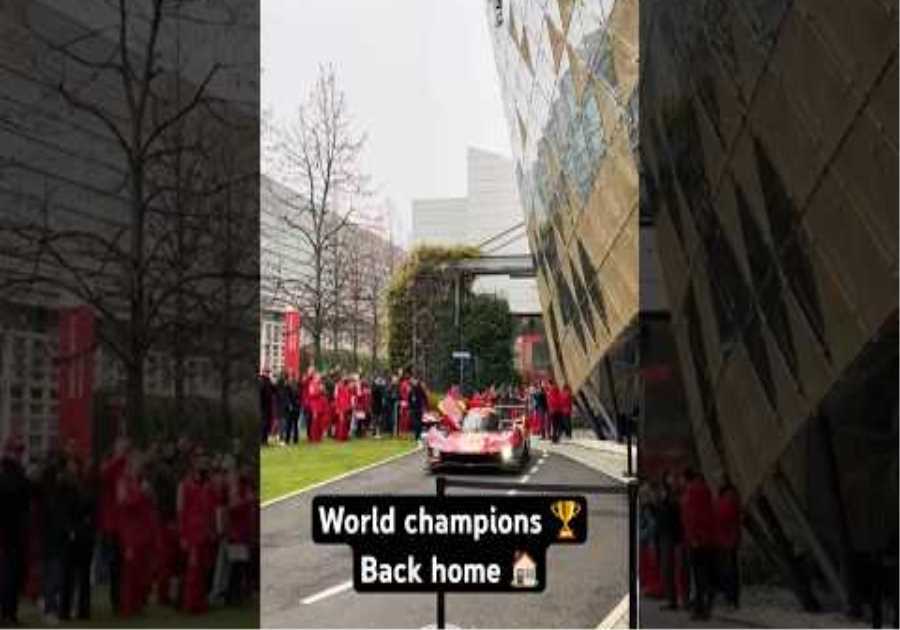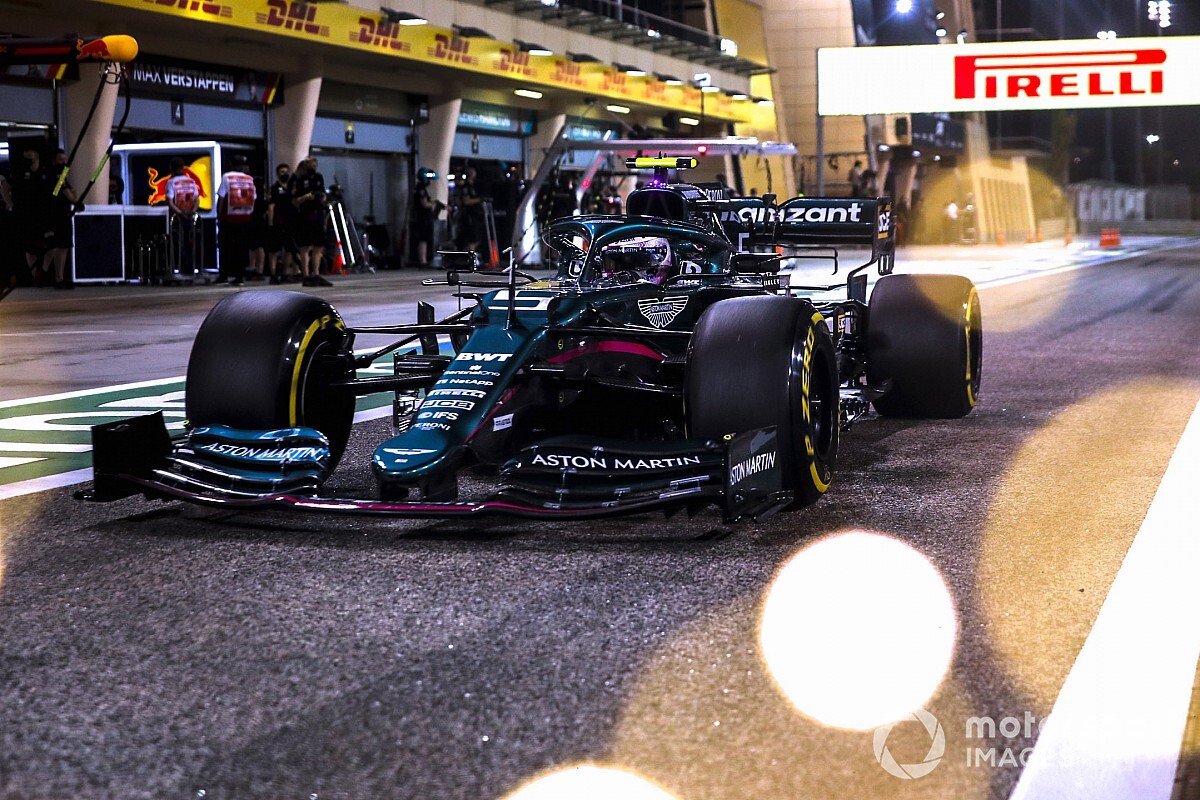
A question that even the team itself cannot answer, despite the encouraging example from Mercedes.
This should be the year the Silverstone team broke away from midfield thanks to additional financial resources and the arrival of Sebastian Vettel. Instead, the team is in the back of this group.
In Bahrain, Lance Stroll just slipped into Q3 and took a point with 10th place, while Vettel experienced a catastrophic weekend with two penalties and ended with a low 15th place.
Team boss Otmar Szafnauer has made no secret of the cause of the problems – he insists that the FIA’s aero optimizations to reduce the downforce level for 2021 have disadvantaged the two low-rake teams Aston and Mercedes more than any other. And making up for that loss will not be the work of the moment.
“After analyzing the data, the low-rake cars were significantly more hindered by the change in the regulations, so we expected a tough race,” he regretted in Bahrain.
Mercedes seems to have its problems under control and went from a bad test in Bahrain to a race win in the same location in less than two weeks.
There was some Lewis Hamilton magic in that performance, however, and it’s clear to everyone that the Red Bull is now the faster car.
Photo by: Jerry Andre / Motorsport Images
Aston has the potential to improve – but even if the budget cap affects its larger competitors more, the team has fewer resources than Mercedes.
And like all other teams, it has to focus crucially on its 2022 program. The last thing Technical Director Andrew Green and his people needed was to turn the extra research and development effort back into solving fundamental problems with the current car.
PLUS: How the ‘Great F1 Rake-Off’ delivered a showdown in Bahrain
It is worth remembering how the team found itself in this situation. On the way into the 2020 season, the then Racing Point outfit decided to switch from high-rake to low-rake for various reasons.
First, and quite obviously, the low rake helped Mercedes have the fastest car.
Second, the mounting points of the Mercedes transmission and the suspension were optimized with regard to the low rake, so that it was logical for Racing Point to finally go the route chosen by its supplier.
And third, the shortening of the service in 2020 should free up R&D resources for the new rules – which should then be introduced in 2021 – by adopting a proven philosophy.
If it hadn’t worked out, only the 2020 season would have been wasted and the team would have a flying start to the new regulations.
“The inspiration comes from the fastest car last year,” Green told Autosport during the first test of the RP20, which clearly showed the similarity to last year’s Mercedes W10.
“That’s where our inspiration came from. It is – why not? We had a car that drove for seventh place in the championship. And we still have one year of these regulations and the development that we had with the High Rake Car just couldn’t deliver for me, and it was worth taking a risk.
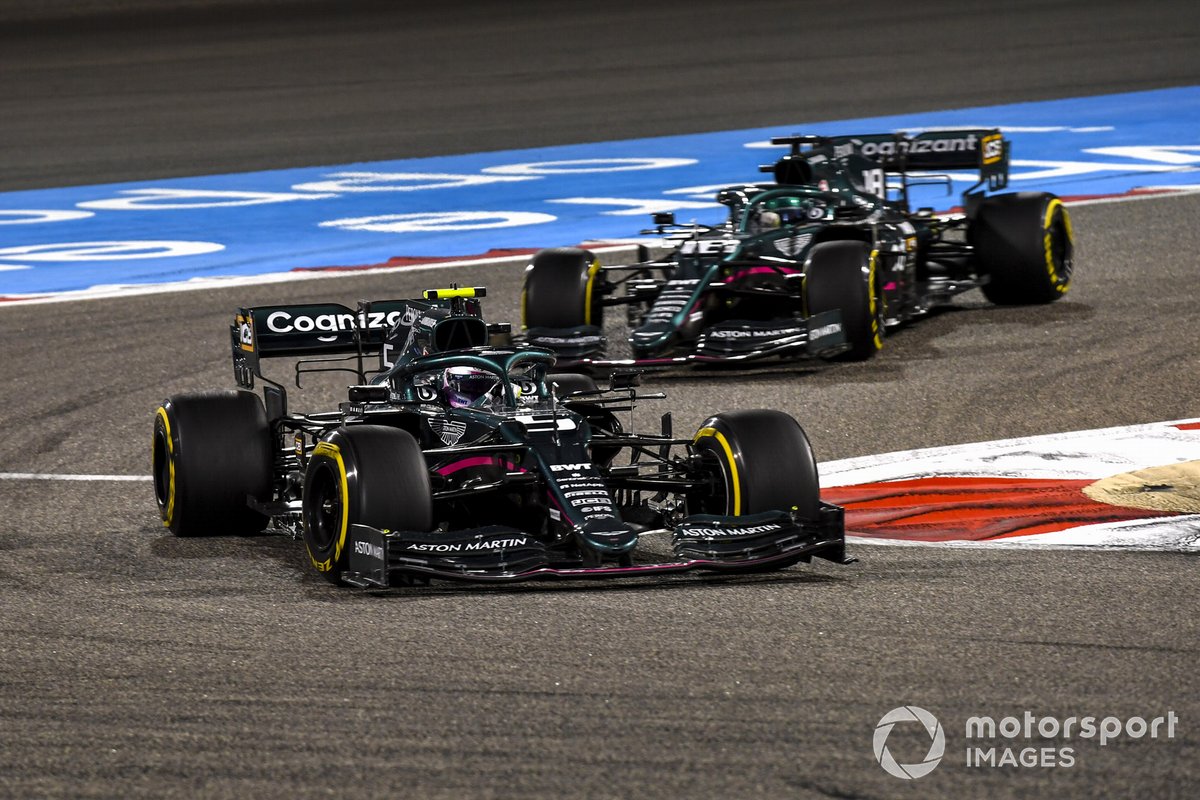
Sebastian Vettel, Aston Martin AMR21, Lance Stroll, Aston Martin AMR21
Photo by: Jerry Andre / Motorsport Images
“And it’s a big risk. We tore up what we did before, new sheet of paper, where do we start? Well, you’re not going to start looking at the slowest car on the grid, are you? We’re going to start after.” looking for the fastest car, and that’s where we started.
“If it works, it works. If it doesn’t work, we’ve lost a year, but I don’t think we would have lost anything if we didn’t. The downside of not doing it was much greater.”
It worked, as evidenced by the fact that the team won a race and took a pole. The final championship position in fourth was affected by too many failures and the penalty for copying points in the brake channel and was not fully representative.
The new rules were postponed to 2022, so the low-rake concept had to get by with the renamed Aston team for another year. That would have worked fine if the aero rules hadn’t been changed in two steps.
It is interesting to remember that after the first one, confirmed by the FIA in June, Green already realized that this was a big change.
Due to the shutdown, the F1 teams were unable to run their own simulations during the discussions.
“If we [the FIA technical working group] We decided to change that we are not allowed to run simulations on a current car, the simulations came from F1 with their modeling, “said Green in June.
“It wasn’t until we got back from break and started looking at it that we realized how big the change was.”
A few weeks later, the FIA added three more aero changes to create a package that supposedly resulted in a 10% reduction in downforce. Even later, Pirelli created a new design for 2021 with wider fronts that had an aerodynamic impact.
By then it had become clear at Racing Point that low-rake cars would actually take more than high-rake rivals.
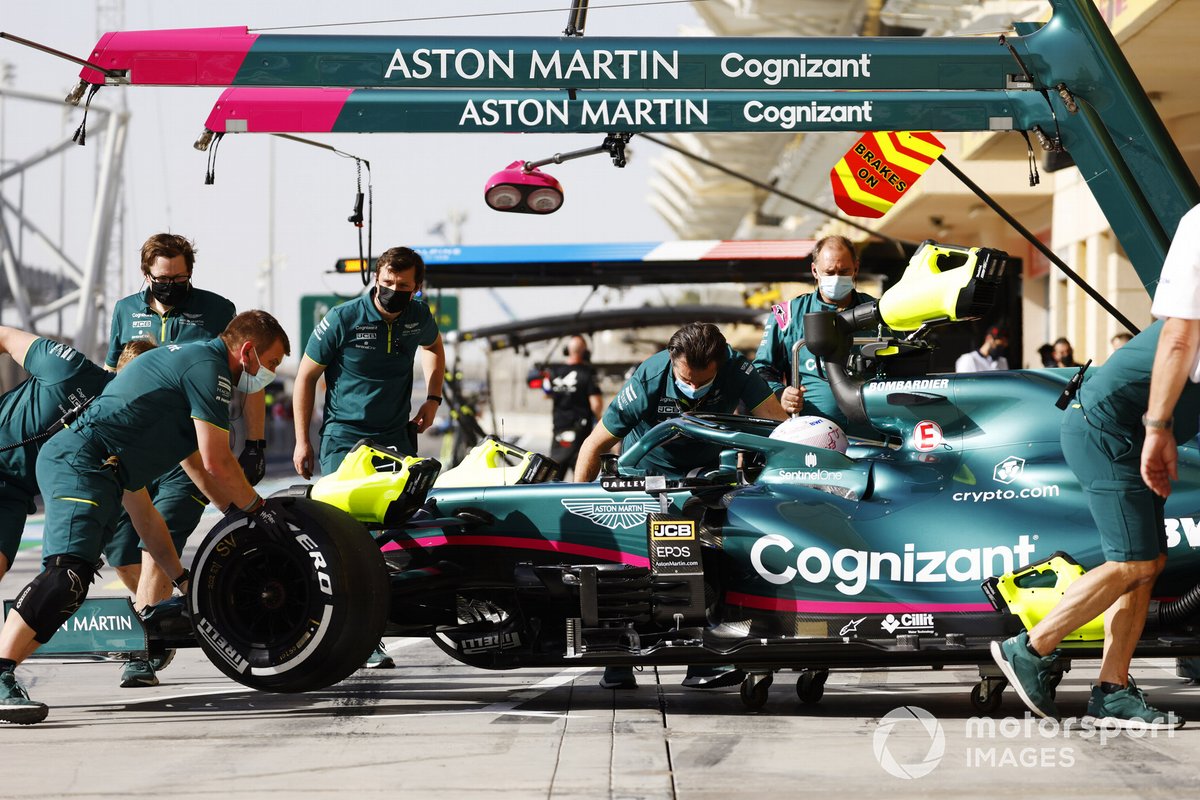
Sebastian Vettel, Aston Martin AMR21, returns to the garage
Photo by: Glenn Dunbar / Motorsport Images
“I’m not a conspiracy theorist,” said Szafnauer after the Bahrain race. “But last year it was suggested by the low-rake runners that this would have a greater effect than the high-rake runners. And we were right. It was pointed out when the regulations were being made.”
He also stressed that these rule changes were not unanimously supported.
“No. Number one, there was never a vote. Number two, there was an indicative vote.
“So that was only with the technical subcommittee [working group]that all technical directors had to have an indicative vote and three teams voted against.
Also read:
“You have to remember that only two teams have a low-rake concept. So even one of the high-rake teams voted against it. So far from unanimity. Because three voted against. “
What the team can’t do is change their basic philosophy back to high-rake despite being able to make such a commitment to bring new pieces through the system.
“Worse than that, for the first time I can remember, in my 24 years in the sport we had to homologate the chassis,” said Szafnauer.
“You could only change it if you actually used your tokens for the suspension. Even if we wanted to drive a rear wheel ride height of 150mm, we can’t.”
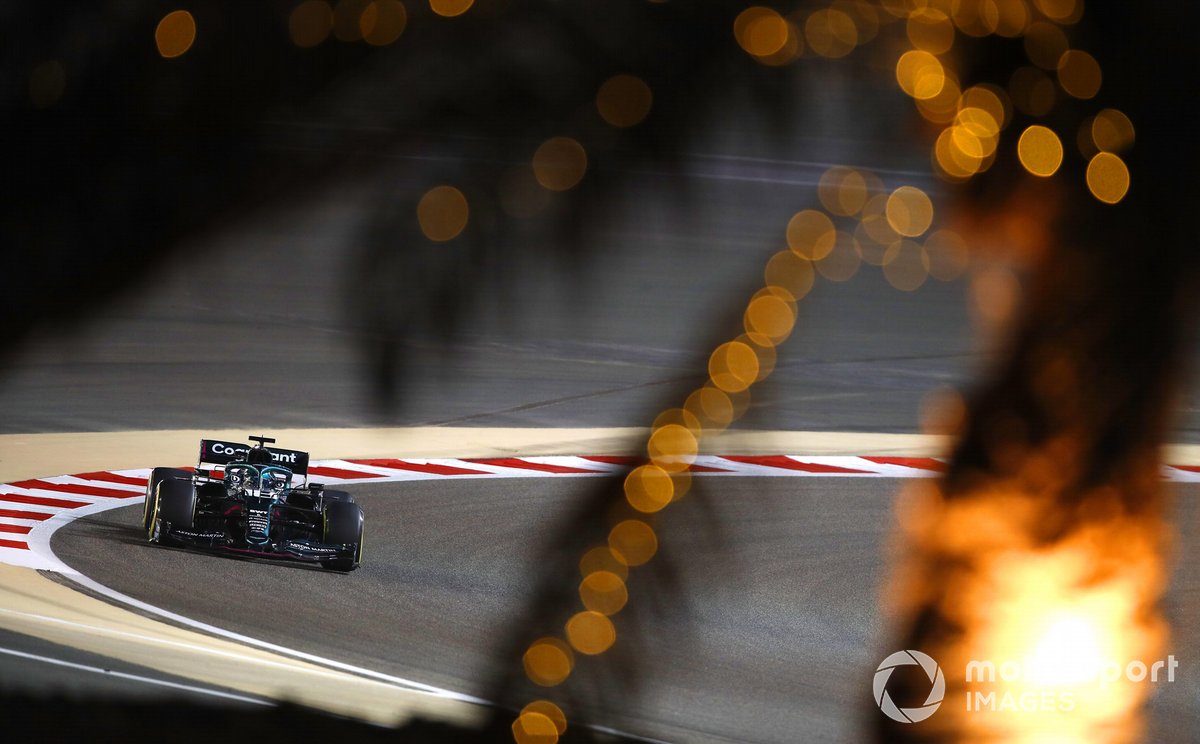
Lance Stroll, Aston Martin AMR21
Photo by: Zak Mauger / Motorsport Images
As mentioned earlier, Mercedes’ profits since the Bahrain test have been encouraging – a low-rake car can be improved.
The problem is that Aston Martin wants to look to 2022 now and doesn’t want to spend scarce resources fighting fires with the current car.
After finishing fourth in last year’s championship according to the new aero test rules, the team has at least more wind tunnel hours and CFD usage than the teams that finished ahead, but that’s not very comforting.
What should have been an advantage for the preparations for 2022 could now easily be swallowed.
It’s an unfortunate set-up considering that one of the driving forces behind the original low-rake move was to free up resources for the new regulations.
Szafnauer says Aston doesn’t yet know when it can fully focus on 2022 as it can’t afford to be left behind.
“Well, that’s a really good question,” he said. “If I knew I would tell you, but unfortunately I don’t know.
“So the compromise has to be how much more we can gain this year at what cost for next year? That is really, really difficult to predict. And that’s why we will continue in parallel at this point.”
The post Does Aston Martin’s low rake pain mean 2021 is a write-off? first appeared on monter-une-startup.
